Education in Somalia: Facts & Statistics
Did you know that lots of teachers are not qualified to teach in Somalia? Or that lots of kids don’t go to school?
Discover everything through these interesting education in Somalia facts! 🇸🇴 🎓
The Best Facts About School in Somalia
Somalia is the prominent part of the Horn of Africa. It is the easternmost country of the peninsula, and it is bordered by Ethiopia and Djibouti. Its capital city is Mogadishu, which has 2,388,000 inhabitants.
An interesting part of the country that I wanted to tackle is its education. In light of that, I have listed my 25 best facts about Somalia education, and I hope you will love them:
1. There are 5 phases in the Somali education system
Just like in many countries, the education system in Somalia is made up of 5 phases: primary education (grades 1 to 4), middle education (grades 5 to 8), secondary education (grades 9 to 12), and finally technical (ages 15 to 18) and tertiary education.
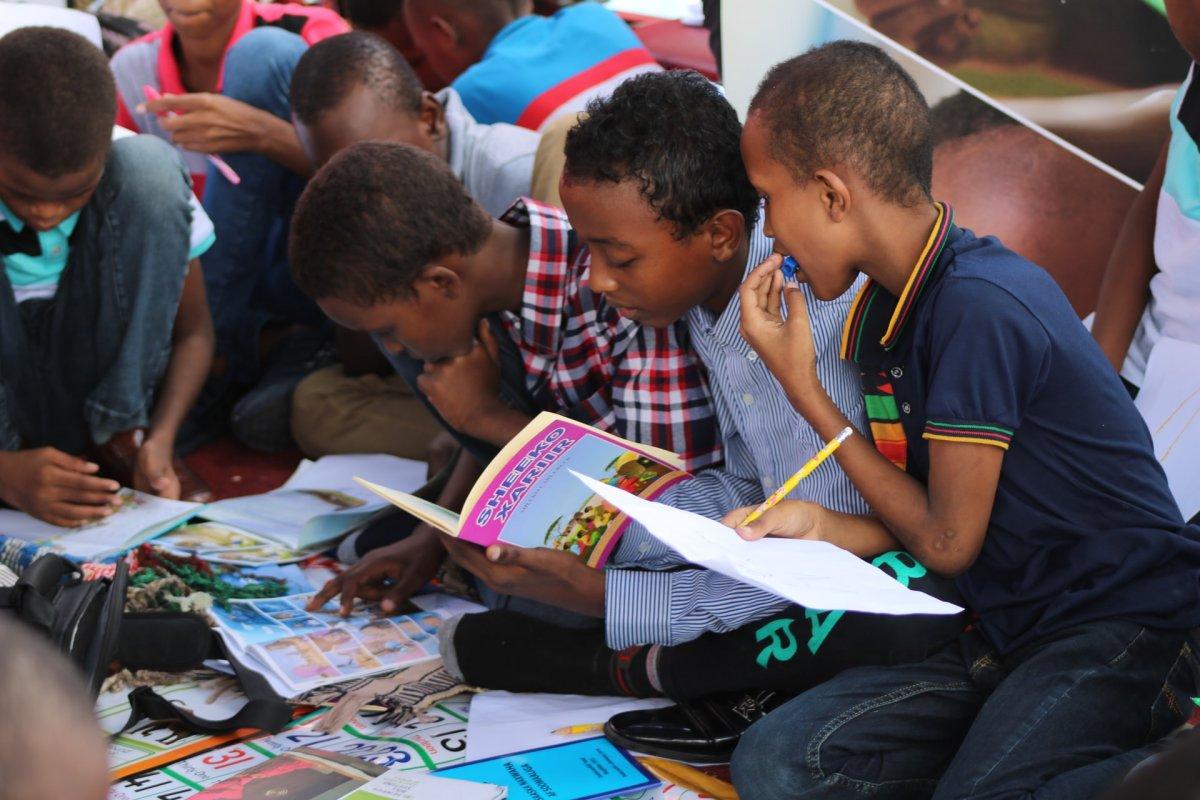
2. The civil war had important consequences on the Somali education system
In 1991, the Somali Civil War broke out.
There were obviously big consequences on the country’s education system, such as the displacement of many students, as well as the inability for them to attend schools, because there was conflict, or they were simply closed.
3. Many Somali teachers are uncertified for their job
One of the most important problems when it comes to education in third-world countries is the lack of qualification among teachers.
This is also true in Somalia, where even if the Civil War has ended a while ago, a large portion of teachers are still uncertified for their job.
4. In Somalia, learning used to be made by word
Throughout almost all of the history of the country, Somali people learned by words rather than in written language. There was simply no way to write the language!
Since 1972 though, the country adopted the Latin script, and this helped out education a ton.
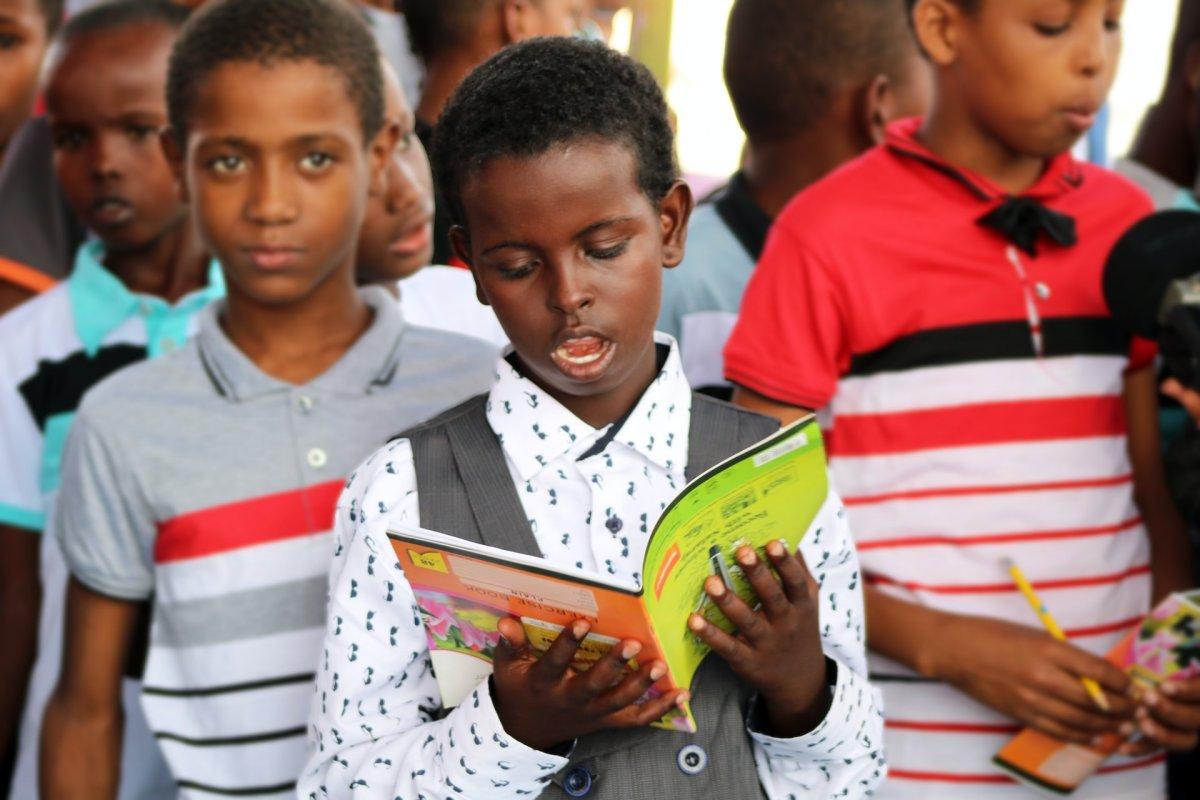
5. Only 30 percent of elementary school-aged children attend school
The elementary school enrollment rate in Somalia is drastically low, and it is one of the major issues the country still has to solve: only 30 percent of elementary school-aged kids attend school.
This is very low, even for a Saharan country.
6. In Somalia, more than three million children are out of school
Sadly, there are more than 3 million children that are out of school in Somalia.
This is due to various reasons: poverty (parents cannot afford to fund their children’s education), long distances, social norms (boys are favored) and lack of teachers, and even a bigger lack of qualified teachers.
7. School used to be limited to primary school during the Somali colonial era
Before World War II, the school system in Somalia was mostly limited to primary schools. This was during the colonial era when Italy was in control of the country. There was still 1 important high school though, in Mogadishu, the capital of “Italian Somalia”.
8. The first higher education institution in Somalia was established in 1954
It was not before 1954 that Somalia had its very first higher education institute, the Somali National University.
Its first name was “L’Università Nazionale Somala”, and officially gained the university status in 1969, a few years after Somalia became independent.
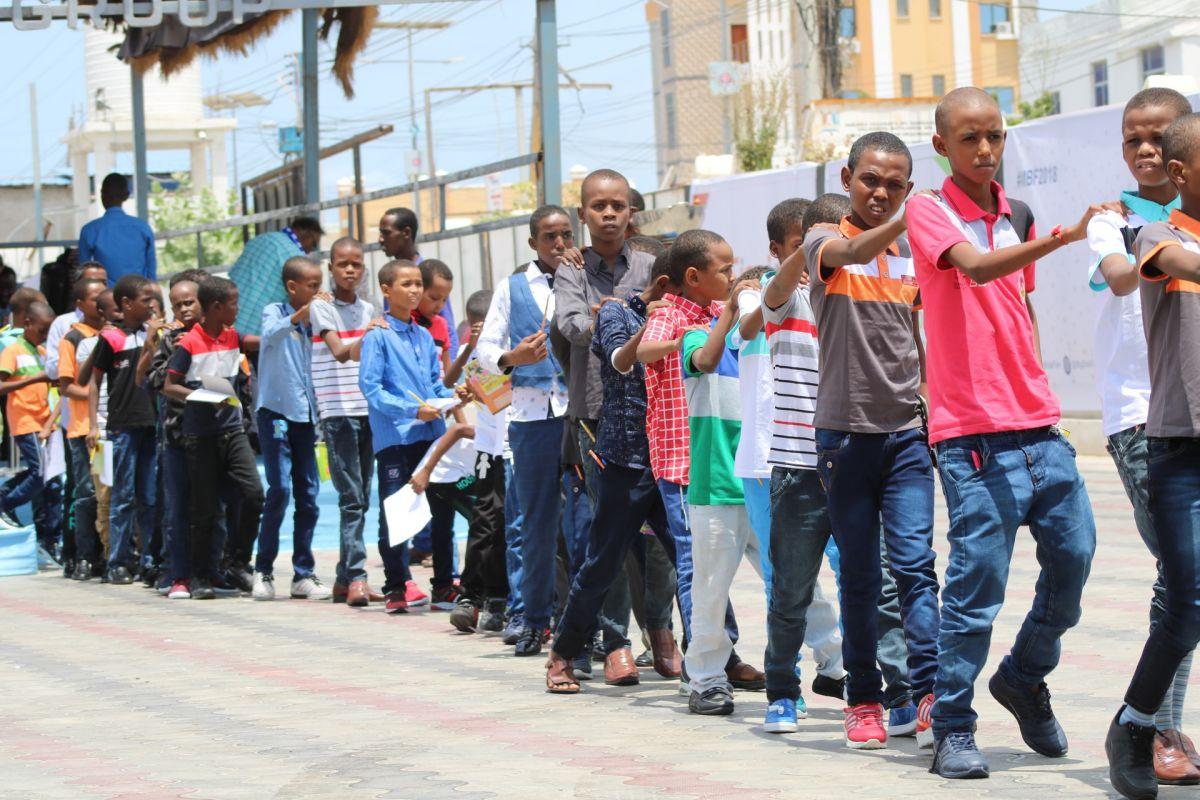
9. Somali classrooms are almost always overcrowded
Another main problem Somali pupils suffer from is overcrowded classrooms.
Even the lucky ones that make it to school cannot really benefit from it fully. It is truly hard to have quality education in such overcrowded places, but there are even more problems.
10. Somali schools face lots of problems: education quality and lack of facilities and of teachers
You have probably understood it by now, the Somalia education system is really hard to fix, and each school has to face many problems on a daily basis.
Children go to schools without water or sanitation facilities, their teachers are rarely trained, and there is a lack of school materials like textbooks.
11. Disabled children and girls have to face even more challenges in Somalia
There are many, many inequalities in Somalia, either due to lack of funding or to local traditions and mindsets.
For instance, disabled children can almost never attend school, because of the lack of facilities and proper education. Girls are also really disadvantaged, and rarely complete secondary education.
12. When it comes to education, the gender gap is huge in Somalia
The gender gap is a truly enormous problem for the country and girls education in Somalia is quite lacking. Because boys are so favored compared to girls, a large part of the population is uneducated, and gets married and has children very early.
This is not only the case in Somalia but in many poor African countries like Kenya.
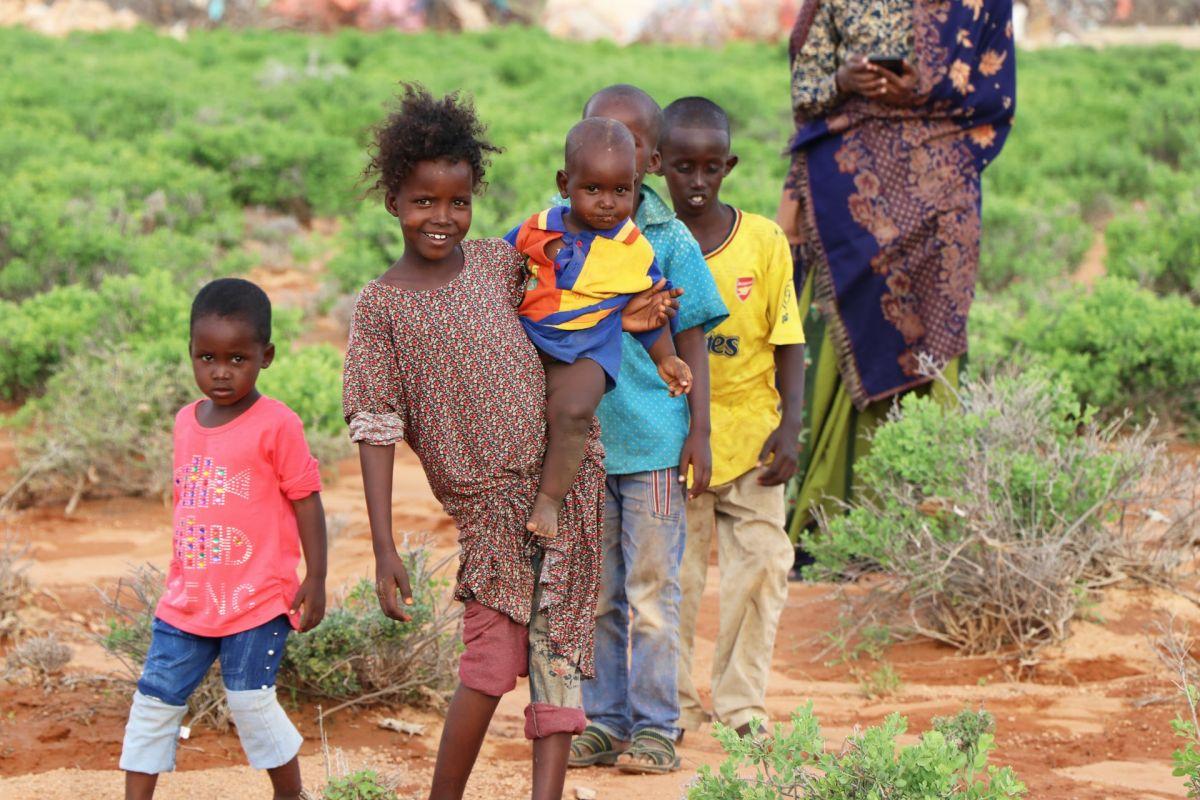
13. Some Somali children are in nomadic communities, and cannot attend school
Another part of the Somali community that is often denied access to education is nomadic pastoralist communities.
These people are constantly on the move, and because of that, their children cannot access education. As you can see, education is far from being universal in Somalia.
14. Natural disasters and the conflict are not helping children get educated, at all
The conflict is almost permanent in Somalia. Not only this, but the country also often suffers from natural disasters such as droughts and floods.
Because of that, many families are continuously displaced, and children’s schooling is therefore compromised.
15. Non-formal education exists in Somalia
Out-of-school children, youth, and adults can still attend school in some places in Somalia.
There is a specific way of teaching, called non-formal education, dedicated to them: it offers learning opportunities like vocational skills training, adult literacy, and community health education.
16. Religious schools are almost all Islamic in Somalia
Traditional religious instruction in Somalia is basically made of Quranic schools.
These schools provide Islamic education for children, which is quite important in society and in the country. Though these schools do not follow a formal system, they are really stable and are largely supported by the community.
17. Higher education in Somalia is mostly private
Not only is it hard for students to finish secondary school in Somalia, because of the numerous obstacles they have to overcome along the way, but if they want to attend tertiary school, they will probably need to pay for a private institute.
Several universities in the country, like Mogadishu University, were ranked among the 100 best universities in Africa.
18. There is a lack of reliable data concerning children’s education in Somalia
Solving problems without knowing exactly what they are is quite hard, you will agree with that.
In Somalia, the lack of reliable data about children’s results is a bigger problem than most people would think: for this, the Somali government introduced a new program, adding low-stakes and early assessments to the curriculum.
19. The Somali Ministry of Education tries to fix as many issues as possible
Fortunately, the Somali government, especially the Ministry of Education, Culture and Higher Education, is very aware of all problems the country’s education system is facing and wants to fix as many of them as possible, at all costs.
It recently launched an “Education Sector Strategic Plan”, aiming to reduce inequity and provide children with decent skills and knowledge.
20. The Somali education sector is primarily funded by… donors!
Even though the country of Somalia is quite poor as a whole, the fact that donor contributions are the major share of the country’s education sector funding is still quite surprising. Most schools are also community-run or managed by private institutes.
This is why the development of the “Education Sector Strategic Plan” on a national level was so important.
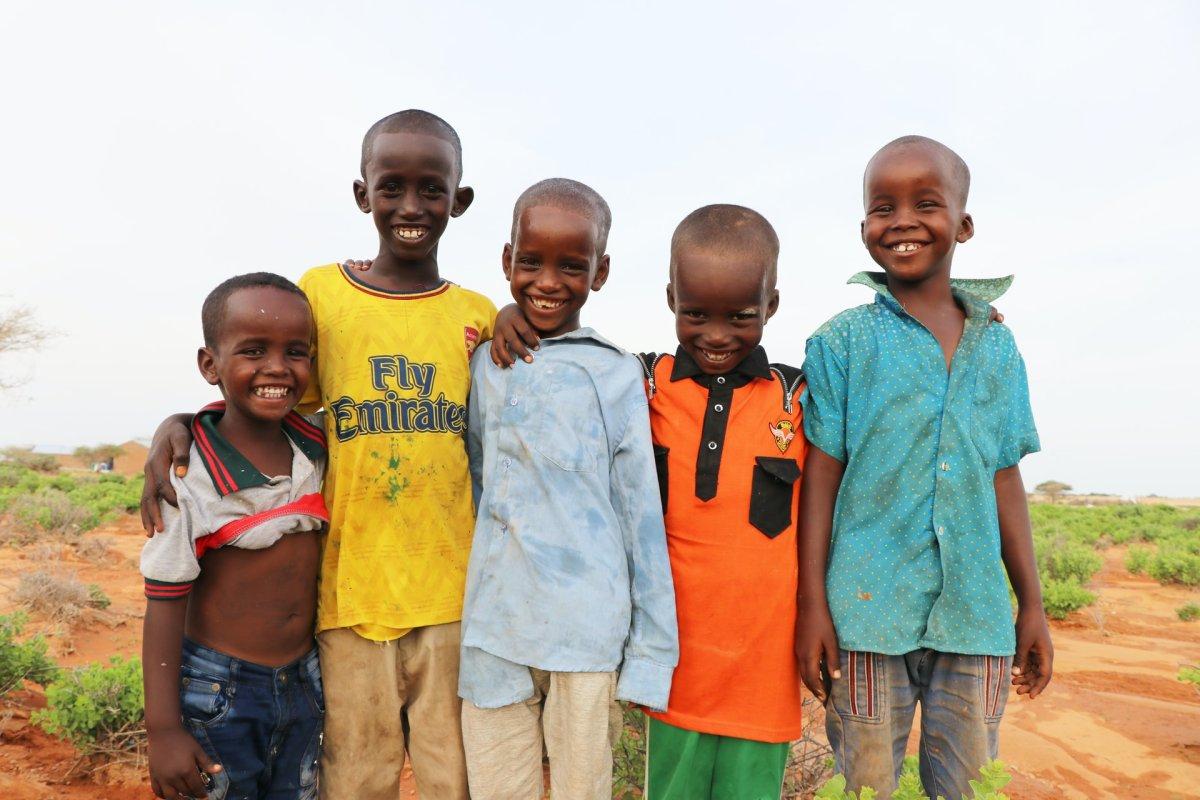
21. A lot has improved in Somalia over the past two decades
Ever since the Civil War, Somalia has always been hurt, especially its education system.
In stable and richer regions like Somaliland and Puntland, student enrollments improved drastically in the past twenty years. It has been a bit slower in other regions, but the general tendency still gives hope.
22. Somali teachers are happy with the new education system
Following the recent and radical change, there were many concerns about how teachers and students would react.
This new standard was in fact really appreciated by teachers as a whole, who mostly praised the new curriculum, which is centered around Somalian religion and culture.
23. Several countries are helping Somalia with its education system
Many western countries, like the United States, are still helping Somalia solve its educational issues to this day.
However, less expected ones like Kuwait, in western Asia, announced they would also participate, and fund the country’s education system. International organizations also help a lot.
24. Many textbooks were recently printed in Somalia
In August 2019, 2 million new textbooks were printed as part of the new system, called “Bar Ama Baro” (which means Teach and Learn).
This is great news for the country, where so many children still do not have access to such resources. These books are about the English and Arabic languages, mathematics, and science, among many other topics.
25. International organizations like USAID help the Somali education system a lot
Despite how dire the situation is right now in Somalia, several international organizations like USAID help the country and its education system: there is still hope!
As you know, there are many inequalities, and, through a 5-year program, USAID wants to fix these as much as possible, and as fast as possible.
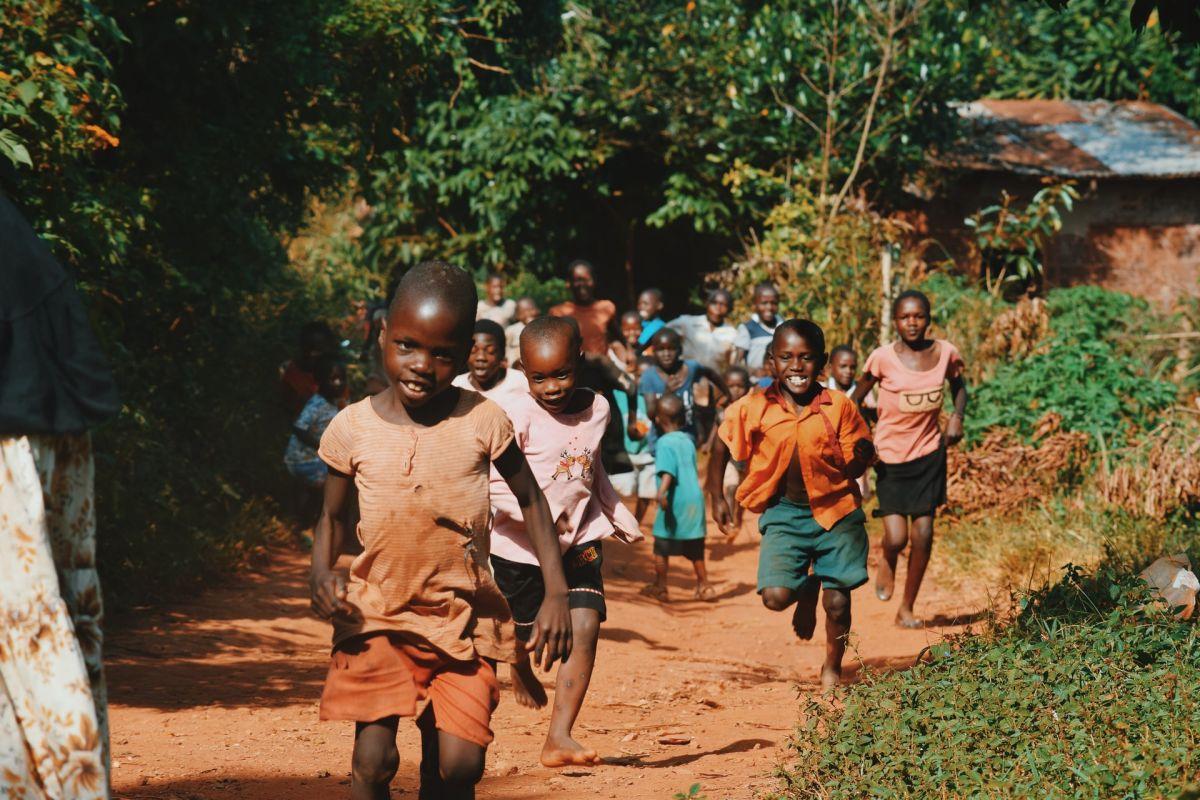
So there you have them, these were all my 25 Somalia education facts. I hope you enjoyed them and that you learned something new today.
In case you want to learn more about the rest of the country, feel free to keep reading, as I still have lots of things to tell you about:
Somali School Hours
Let’s keep going with our next part, dedicated to Somali school hours. The typical school schedule in one country can often be very different from your own, and it’s always interesting to have more details on how students go on about their day.
Somalia Primary School Schedule
The Somali school year recently changed. It is now made of two terms: one running from January to May, and the other from August to December.
Not only that, but the curriculum changed as well, and the education system as a whole: there are now four years of lower-primary school, followed by four years of upper-primary and four years in secondary schools.
There are nine compulsory subjects in primary school in Somalia: Arabic, Islamic studies, Somali, mathematics, science, social studies, English, physical education, and arts and crafts.
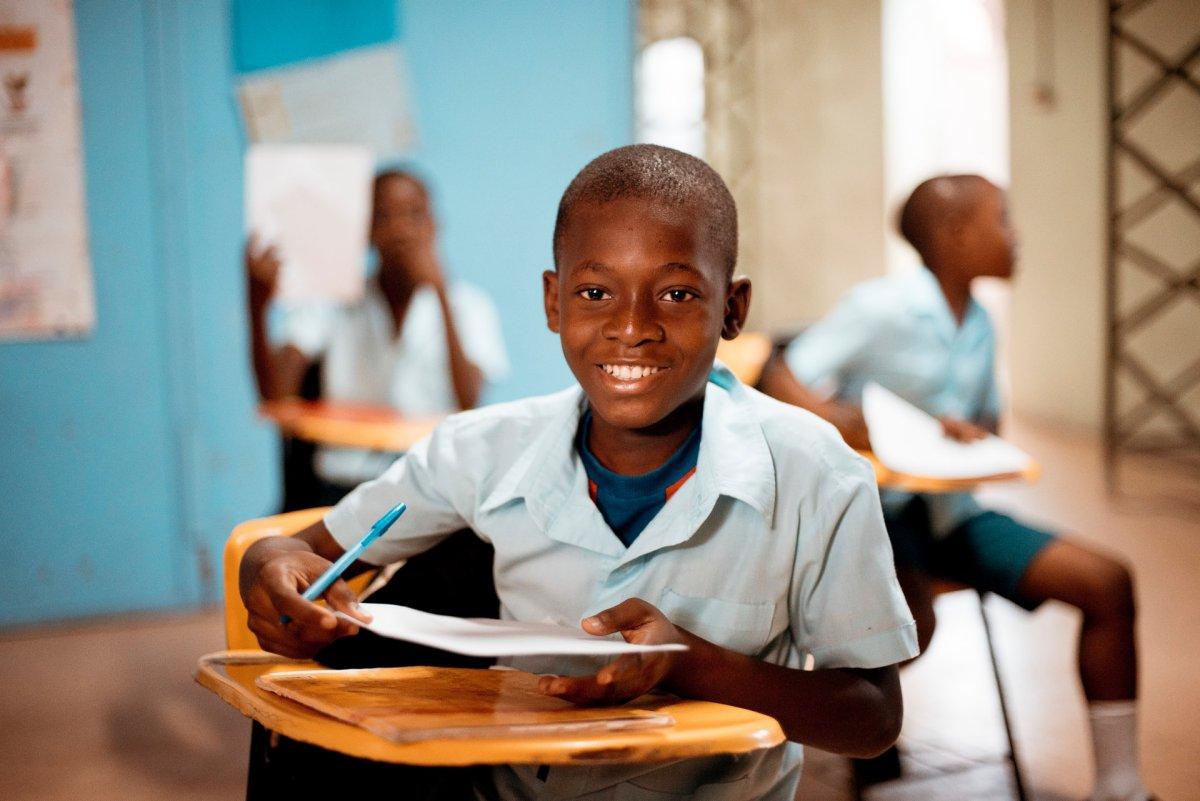
Somali High School Schedule
Somali high school is made up of four years and leads to a Puntland Secondary School Certificate Examination.
Students learn about ten different subjects there: mathematics, physics, chemistry, biology, Somali, Arabic, Islamic studies, English, physical education, geography, and history.
General Facts About Schooling in Somalia
This last part is dedicated to general facts about schooling in Somalia. More specifically, we’ll check 2 key figures that will give you a better understanding of the education level in Somalia.
Enrollment in tertiary education for Somalia: 2.8%
(Average for regions: Sub-Saharan Africa: 8.6% | South Asia: 20.8% | Arab States: 36.4% | East Asia: 36.5% | Latin America: 43.3% | Europe and Central Asia: 62% | North America: 84%)
Data from World Bank EdStats/UNESCO
Somalia literacy rate: 38%
(Average for regions: Sub-Saharan Africa: 65.3% | South Asia: 72.9% | Arab States: 79.4% | Latin America: 93.7% | East Asia: 95.8% | Europe and Central Asia: 98.5%)
Data from World Bank EdStats/UNESCO
More Education Facts!
Do you want even more education facts about other countries?
Check out these facts:
Or click here to see ALL the education facts up on the blog!
The Full List of 25 Somali School Facts
- There are 5 phases in the Somali education system
- The civil war had important consequences on the Somali education system
- Many Somali teachers are uncertified for their job
- In Somalia, learning used to be made by word
- Only 30 percent of elementary school-aged children attend school
- In Somalia, more than three million children are out of school
- School used to be limited to primary school during the Somali colonial era
- The first higher education institution in Somalia was established in 1954
- Somali classrooms are almost always overcrowded
- Somali schools face lots of problems: education quality and lack of facilities and of teachers
- Disabled children and girls have to face even more challenges in Somalia
- When it comes to education, the gender gap is huge in Somalia
- Some Somali children are in nomadic communities, and cannot attend school
- Natural disasters and the conflict are not helping children get educated, at all
- Non-formal education exists in Somalia
- Religious schools are almost all Islamic in Somalia
- Higher education in Somalia is mostly private
- There is a lack of reliable data concerning children’s education in Somalia
- The Somali Ministry of Education tries to fix as many issues as possible
- The Somali education sector is primarily funded by… donors!
- A lot has improved in Somalia over the past two decades
- Somali teachers are happy with the new education system
- Several countries are helping Somalia with its education system
- Many textbooks were recently printed in Somalia
- International organizations like USAID help the Somali education system a lot
Share the knowledge! Click on the buttons below to share these Somali school facts with your friends, and help them learn more about the world 🙂

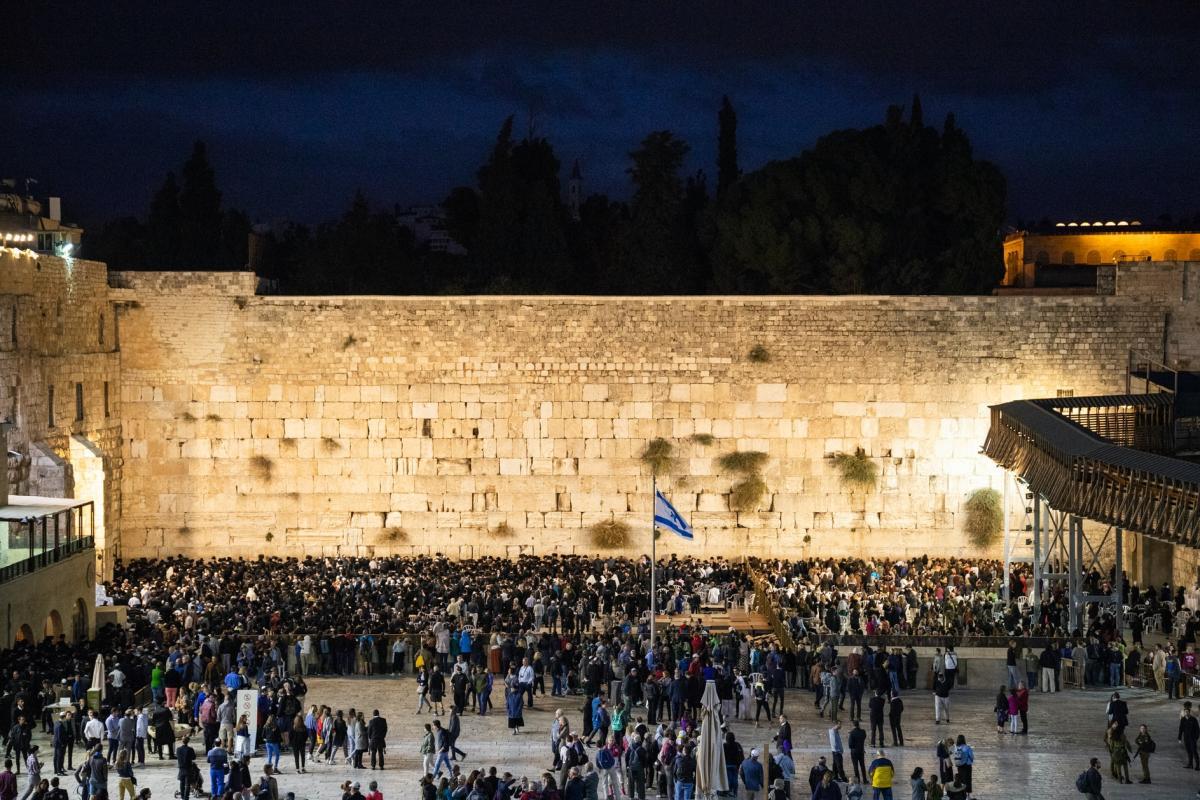
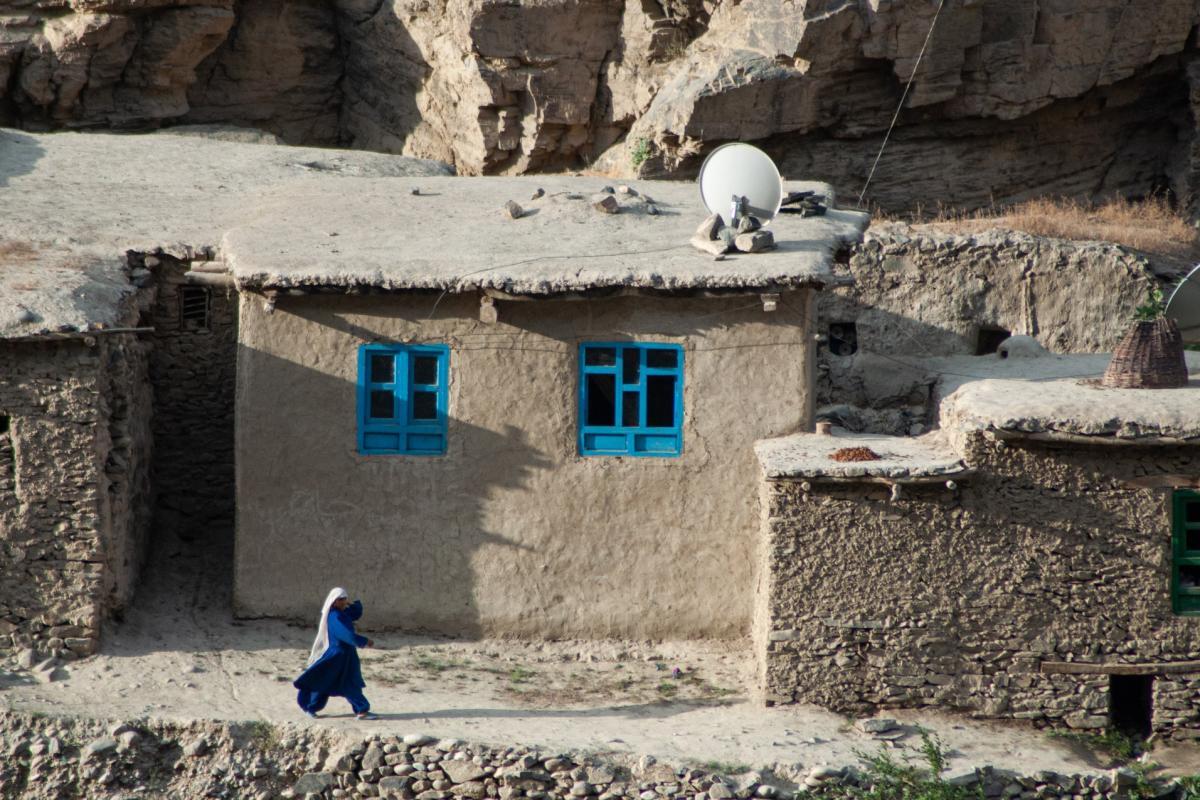

I am very happy history of Somali education thanks
Please I need research more about information
Please give some information about somali education like statistics of student enrolled And school
Effect of manager skill on education development in school
I am very happy history of Somali education thanks
Please I need research more about information
Please give some information about somali education like statistics of student enrolled And school
Effect of manager skill on education development in school